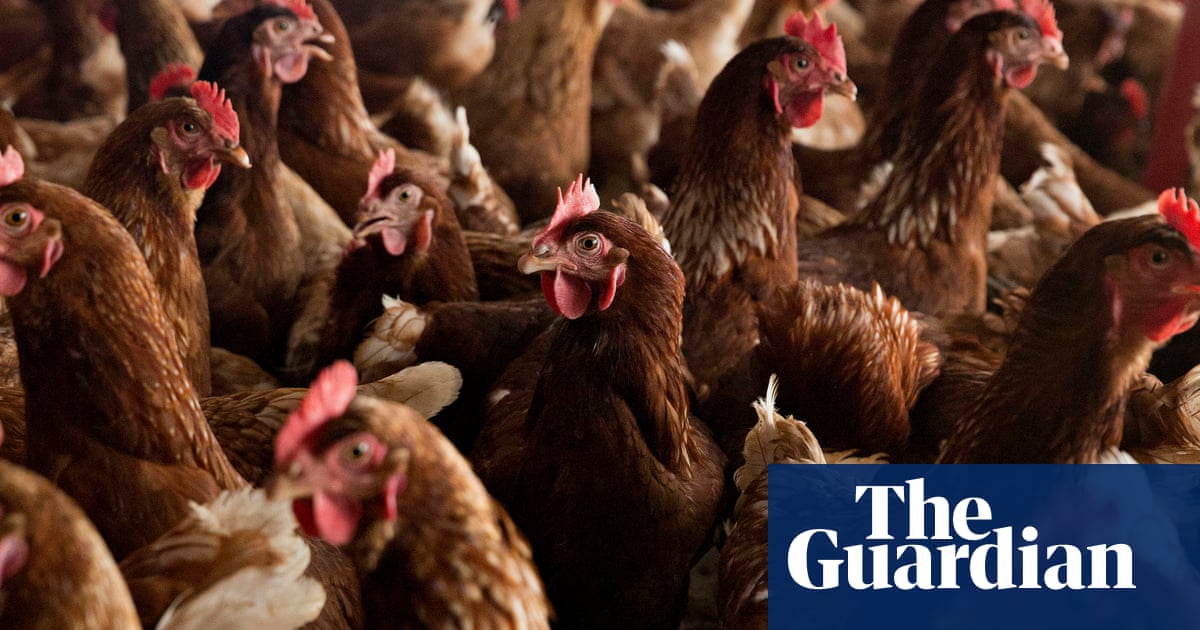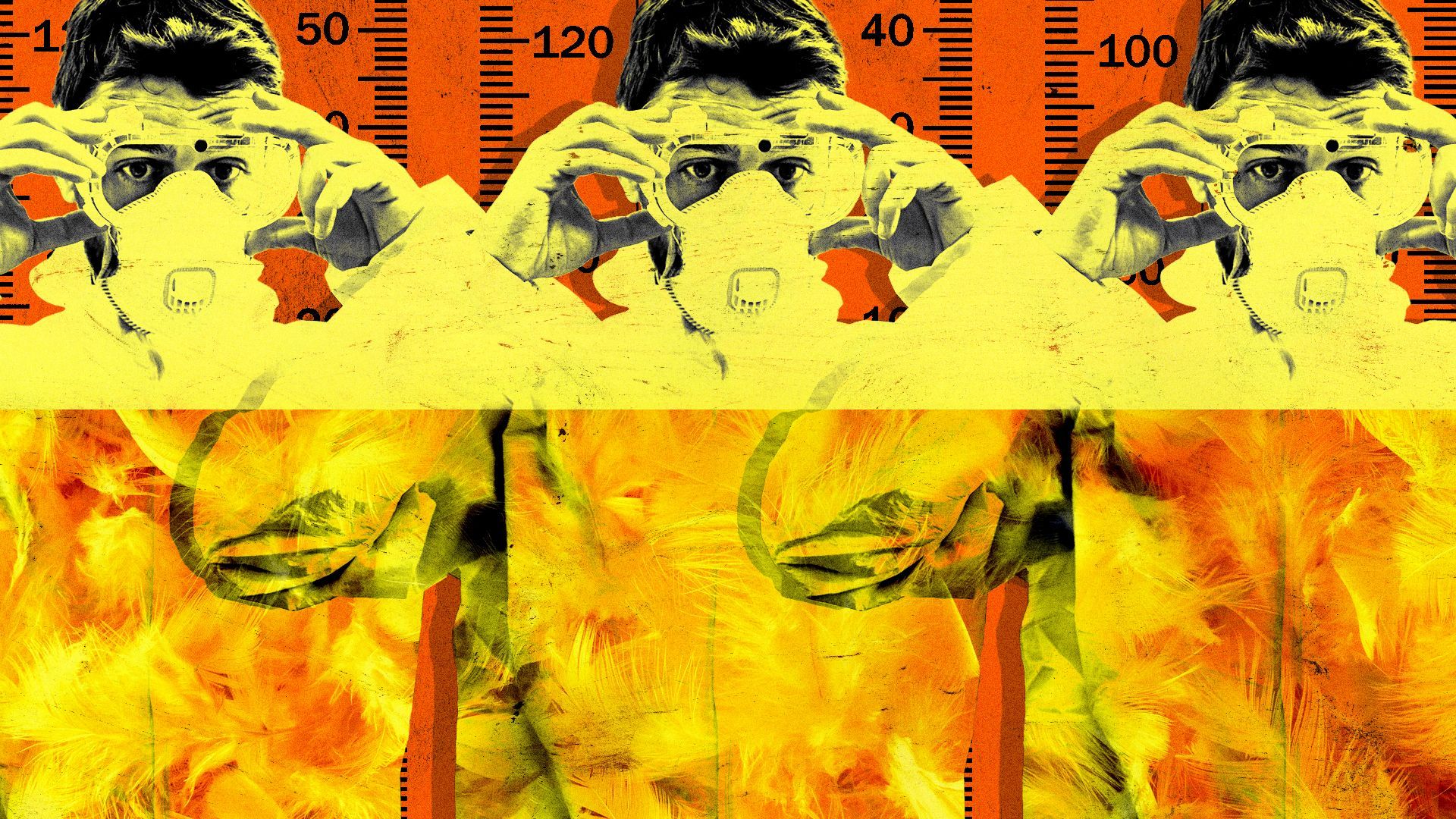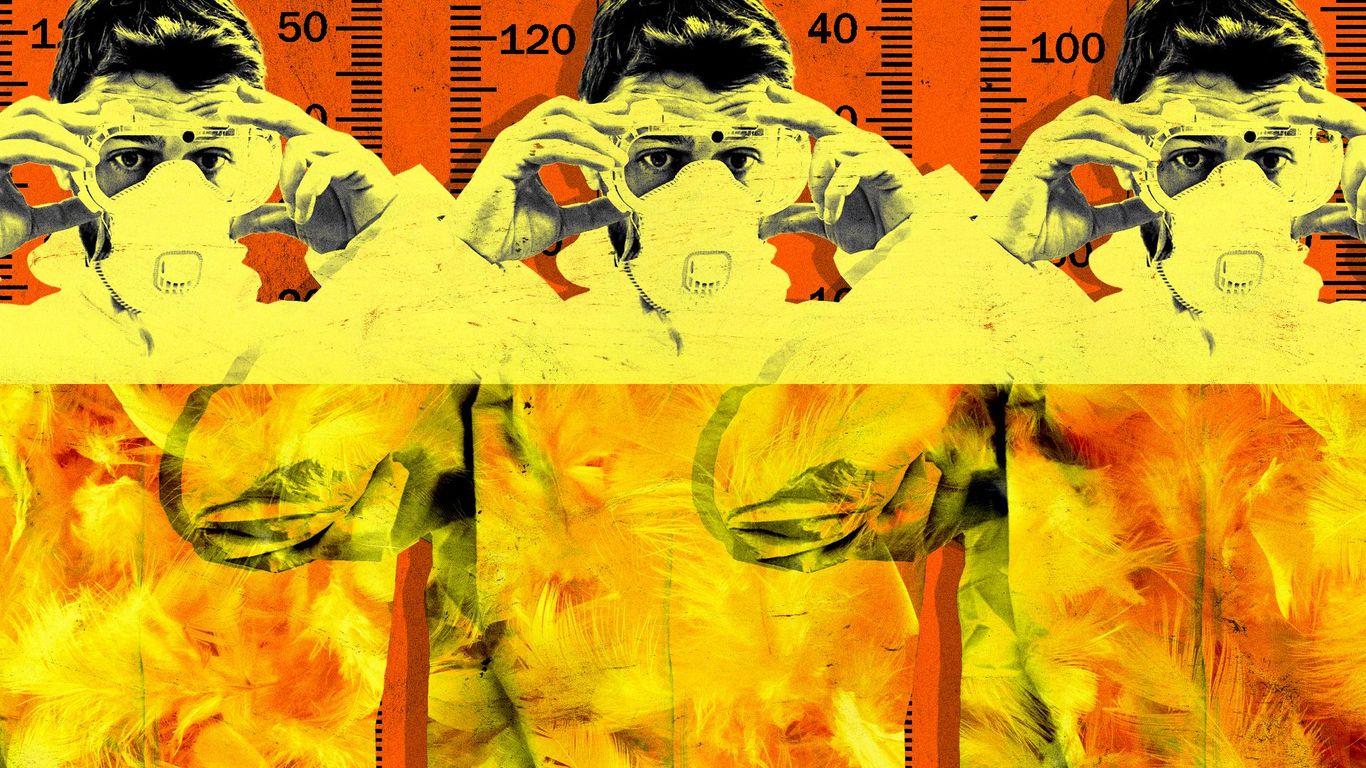
Bird flu, also known as Avian influenza H5N1, has been spreading across the United States affecting both poultry and dairy farms. As of July 2024, nearly 100 million poultry birds have been affected by the virus since its outbreak in 2022. The virus has reached over 500 counties in 48 states, with human cases reported in nine individuals.
The latest cluster of human cases was reported in Colorado, where four farm workers were confirmed to have contracted the virus while culling infected poultry. An additional 16 symptomatic workers are awaiting test results. The outbreak began late last year and has affected more than 160 dairy herds in thirteen states.
The multistate outbreak, the first seen in cattle, is a cause for concern as it may lead to further human transmission. Health officials warn that people who work with animals are at higher risk of exposure to the virus. The virus can be transmitted from wild birds to cows, cows to cows, and even from birds to humans.
The extreme heat conditions have made it difficult for farm workers to follow safety precautions while performing their duties. High temperatures made it difficult for them to wear required protective gear during the poultry outbreak in northern Colorado. Barn cooling fans spread virus-carrying feathers around, increasing the risk of transmission.
Despite these challenges, public health officials continue to urge farms to follow strong biosecurity practices and provide protective gear from the Strategic National Stockpile to help protect workers and contain the flu. However, maintaining safety while dealing with extreme heat conditions is a delicate balance that requires careful planning.
The CDC is continuing to investigate the outbreak and has not recommended farm workers be vaccinated against the flu. Instead, they recommend following strict biosecurity practices and using engineering controls to reduce exposure risk.



